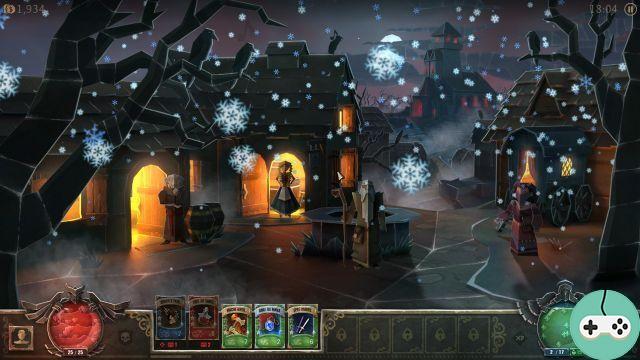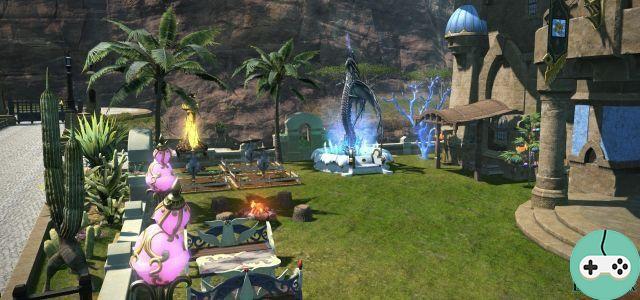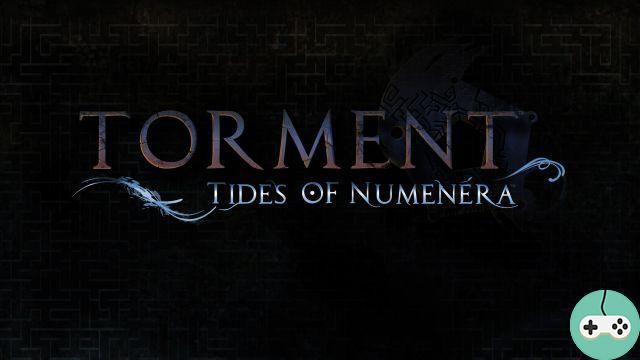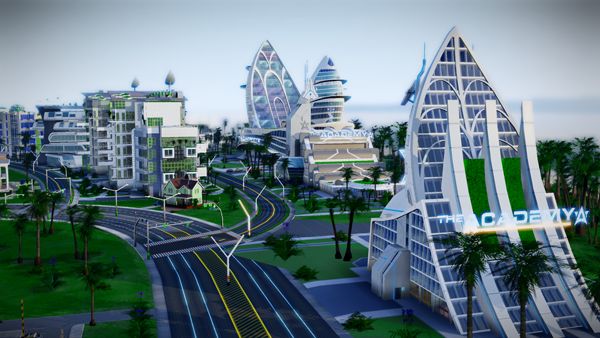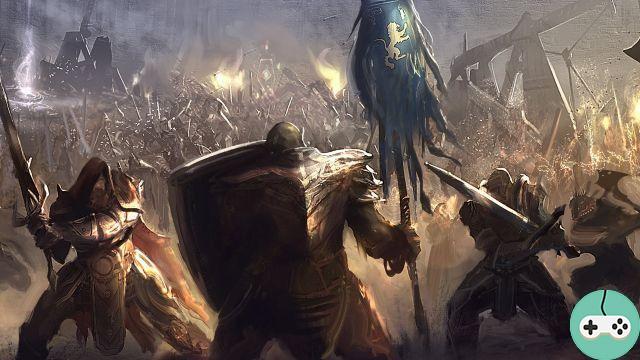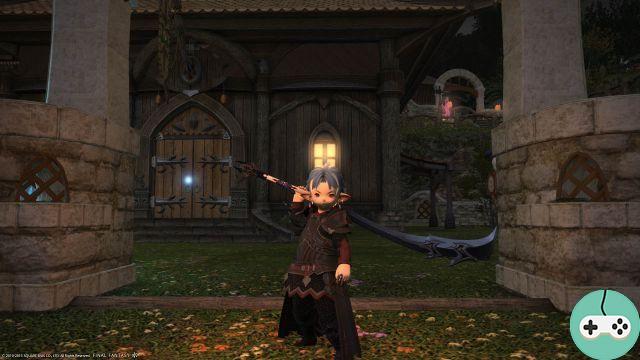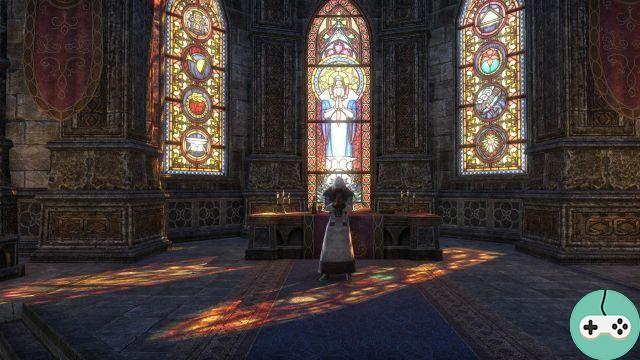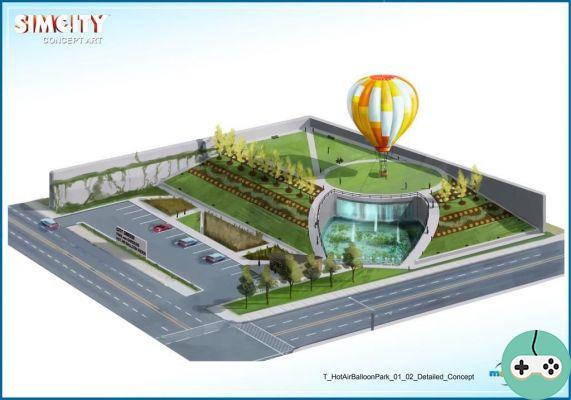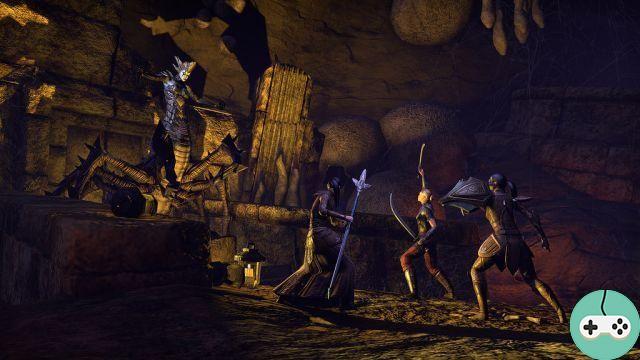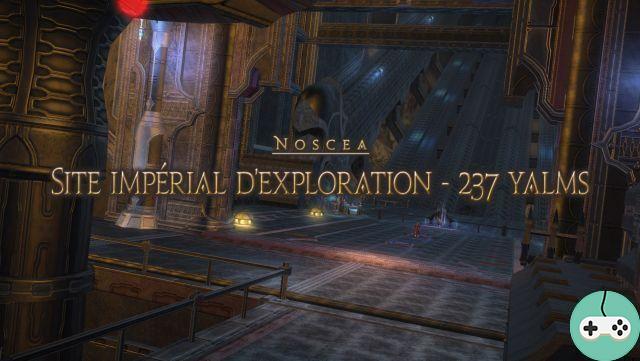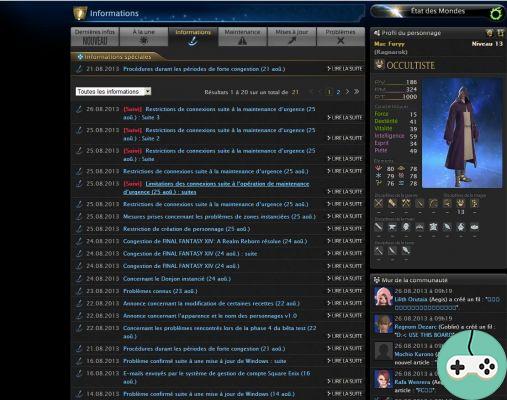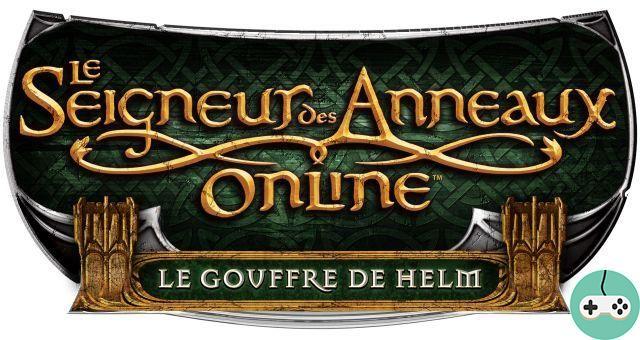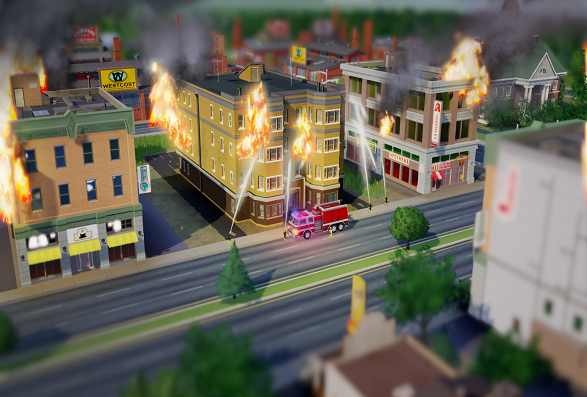
Many articles have featured SimCity's simulation engine, GlassBox, created by Andrew Willmott, chief architect at Maxis.
part 1
Ocean Quigley, Creative Director of SimCity, first tells us (Zoom in on the Glassbox game engine - Part 1) that this engine is ultra-powerful, much more than what the engine was in SimCity 4, in which the developers couldn't go as far as they wanted. Now, they are happy developers because GlassBox allows a lot of things and manages many elements:
- agents (simulation entities): Sims, vehicles, trees and roads ...
- resources: via Sims / Vehicles (population, money, happiness or germs), in buildings (electricity, water, coal or education) or visible on maps
- rules: transform resources, recycle resources in the form of agents, change the state of a building, interact with cards and create or destroy. Visible by sound or animation.
- paths (circulation system): transport of resources (roads, pipes) and circulation of agents
- maps: allows you to refine a display
part 2
Subsequently, Dan Moskowitz, chief screenwriter brought us more information on the scenarios (GlassBox scenario 10: the economic cycle) with the example of this industrial zone which lacks workers. Agents will therefore go in search of workers in the surrounding residential areas! Depending on the layout of the city (with a clever balance between residential area / industrial area / commercial area), routes appear indicating the interactions between these different areas (workers, raw materials, finished products, etc.). Each element influences the others, following complex rules of interactions, represented interactively directly on the game screen or in detail on specific cards.
part 3
In this third part, Dan Moskowitz, chief screenwriter, returned to water (Water, water and more water!) Because this system uses almost all the tools offered by GlassBox: units, maps, agents, paths and resources. It is indeed a complex interaction:
a unit (the pump) extracts a resource (water) from a map (the water table) and sends it on a path (a pipeline) through an agent (the flow) at a regular rate in the direction of consumers.
Water pipes follow roads (no need to lay them extra) and can be impacted by pollution, which can infect Sims with germs (think hospitals!). To follow all of this, there are different layers of visualization. . The water table is green, dark blue represents places with abundant water, and brown places threatened by pollution.
part 4
After water, it made sense to talk ... about fire and it's Stone Librande, chief designer, who sticks to it. This element is as unpredictable as the players. If you want to protect your city from it, you must first install a fire station (garages, fire trucks, lifting platforms, hazardous materials intervention units, helicopters, etc.), ensure good road traffic, optimize areas in order to reduce the risks ... On the contrary, budding arsonists will be able to create large areas at risk by bringing buildings together, destroying barracks and reducing the police force!
The fire goes through four phases (smoke, blaze, spread and extinguish), each clearly represented by a different animation. And to save little Sims poisoned by the fumes of a fire start, consider ambulances so they don't turn to ashes.






